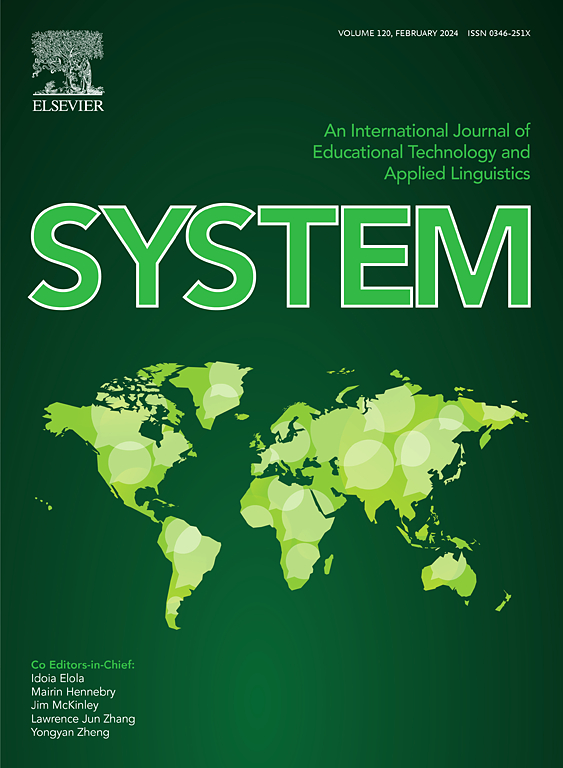Optimal amino acid system for early embryo development in sows based on response surface methodology and high-throughput screening cell models
IF 6.5
1区 农林科学
Q1 Agricultural and Biological Sciences
引用次数: 0
Abstract
Early embryo development plays a pivotal role in determining pregnancy outcomes, postnatal development, and lifelong health. Therefore, the strategic selection of functional nutrients to enhance embryo development is of paramount importance. In this study, we established a stable porcine trophectoderm cell line expressing dual fluorescent reporter genes driven by the CDX2 and TEAD4 gene promoter segments using lentiviral transfection. Three amino acid metabolites—kynurenic acid, taurine, and tryptamine—met the minimum z-score criteria of 2.0 for both luciferase and Renilla luciferase activities and were initially identified as potential metabolites for embryo development, with their beneficial effects validated by qPCR. Given that the identified metabolites are closely related to methionine, arginine, and tryptophan, we selected these three amino acids, using lysine as a standard, and employed response surface methodology combined with our high-throughput screening cell model to efficiently screen and optimize amino acid combination conducive to early embryo development. The optimized candidate amino acid system included lysine (1.87 mmol/L), methionine (0.82 mmol/L), tryptophan (0.23 mmol/L), and arginine (3 mmol/L), with the ratio of 1:0.43:0.12:1.60. In vitro experiments confirmed that this amino acid system enhances the expression of key genes involved in early embryonic development and improves in vitro embryo adhesion. Transcriptomic analysis of blastocysts suggested that candidate amino acid system enhances early embryo development by regulating early embryonic cell cycle and differentiation, as well as improving nutrient absorption. Furthermore, based on response surface methodology, 400 sows were used to verify this amino acid system, substituting arginine with the more cost-effective N-carbamoyl glutamate (NCG), a precursor of arginine. The optimal dietary amino acid requirement was predicted to be 0.71% lysine, 0.32% methionine, 0.22% tryptophan, and 0.10% NCG for sows during early gestation. The optimized amino acid system ratio of the feed, derived from the peripheral release of essential amino acids, was found to be 1:0.45:0.13, which is largely consistent with the results obtained from the cell model optimization. Subsequently, we furtherly verified that this optimal dietary amino acid system significantly increased total litter size, live litter size and litter weight in sows. In summary, we successfully established a dual-fluorescent high-throughput screening cell model for the efficient identification of potential nutrients that would promote embryo development and implantation. This innovative approach overcomes the limitations of traditional amino acid nutrition studies in sows, providing a more effective model for enhancing reproductive outcomes.基于响应面法和高通量筛选细胞模型的母猪早期胚胎发育最佳氨基酸系统
早期胚胎发育在决定妊娠结局、产后发育和终身健康方面起着关键作用。因此,战略性地选择功能性营养物质以促进胚胎发育至关重要。本研究采用慢病毒转染技术,建立了稳定表达CDX2和TEAD4基因启动子片段驱动的双荧光报告基因的猪滋养外胚层细胞系。三种氨基酸代谢物——犬尿酸、牛磺酸和色胺——的荧光素酶和Renilla荧光素酶活性均达到2.0的最低z-score标准,并被初步确定为胚胎发育的潜在代谢物,并通过qPCR验证了它们的有益作用。鉴于鉴定的代谢产物与蛋氨酸、精氨酸和色氨酸密切相关,我们选择了这三种氨基酸,以赖氨酸为标准,采用响应面法结合我们的高通量筛选细胞模型,对有利于胚胎早期发育的氨基酸组合进行高效筛选和优化。优化后的候选氨基酸体系为赖氨酸(1.87 mmol/L)、蛋氨酸(0.82 mmol/L)、色氨酸(0.23 mmol/L)和精氨酸(3 mmol/L),比例为1:43 . 3:0.12:1.60。体外实验证实,该氨基酸系统增强了参与早期胚胎发育的关键基因的表达,提高了体外胚胎的粘附性。胚泡转录组学分析表明,候选氨基酸系统通过调节早期胚胎细胞周期和分化,促进营养物质吸收,促进早期胚胎发育。此外,基于响应面法,用400头母猪验证了该氨基酸体系,用成本更低的精氨酸前体n -氨基甲酰谷氨酸(NCG)取代精氨酸。预测妊娠早期母猪饲粮氨基酸适宜需要量为赖氨酸0.71%、蛋氨酸0.32%、色氨酸0.22%、NCG 0.10%。由必需氨基酸外周释放量得出的优化饲料氨基酸体系比例为1:0.45:0.13,与细胞模型优化结果基本一致。随后,我们进一步验证了该最佳饲粮氨基酸系统显著提高了母猪的总窝产仔数、活窝产仔数和窝重。综上所述,我们成功建立了一种双荧光高通量筛选细胞模型,用于有效识别促进胚胎发育和着床的潜在营养物质。这种创新的方法克服了传统的母猪氨基酸营养研究的局限性,为提高繁殖结果提供了更有效的模型。
本文章由计算机程序翻译,如有差异,请以英文原文为准。
求助全文
约1分钟内获得全文
求助全文
来源期刊

Journal of Animal Science and Biotechnology
AGRICULTURE, DAIRY & ANIMAL SCIENCE-
CiteScore
9.90
自引率
2.90%
发文量
822
审稿时长
17 weeks
期刊介绍:
Journal of Animal Science and Biotechnology is an open access, peer-reviewed journal that encompasses all aspects of animal science and biotechnology. That includes domestic animal production, animal genetics and breeding, animal reproduction and physiology, animal nutrition and biochemistry, feed processing technology and bioevaluation, animal biotechnology, and meat science.
 求助内容:
求助内容: 应助结果提醒方式:
应助结果提醒方式:


